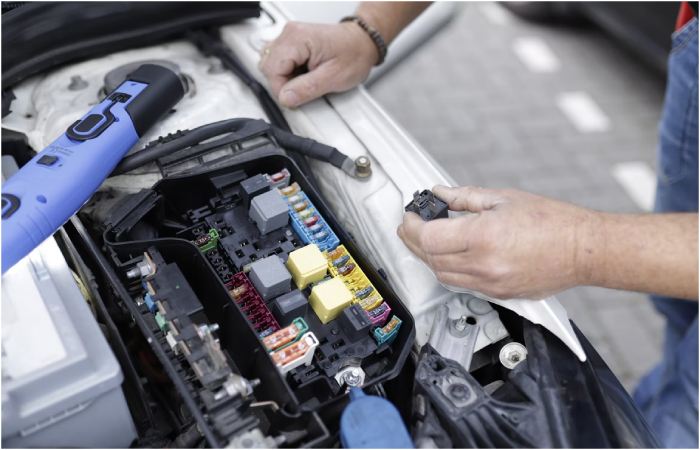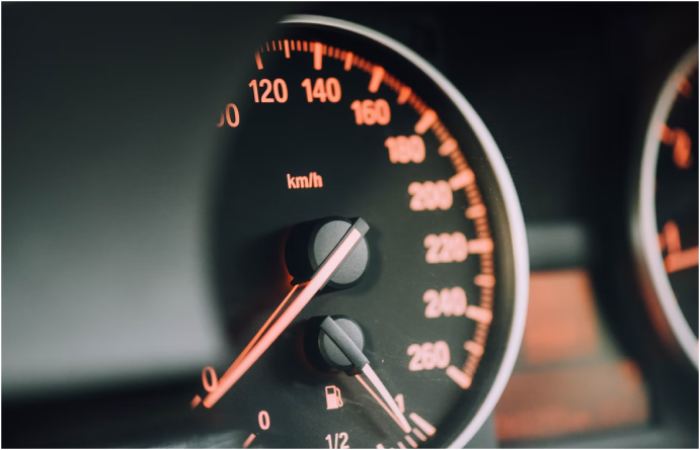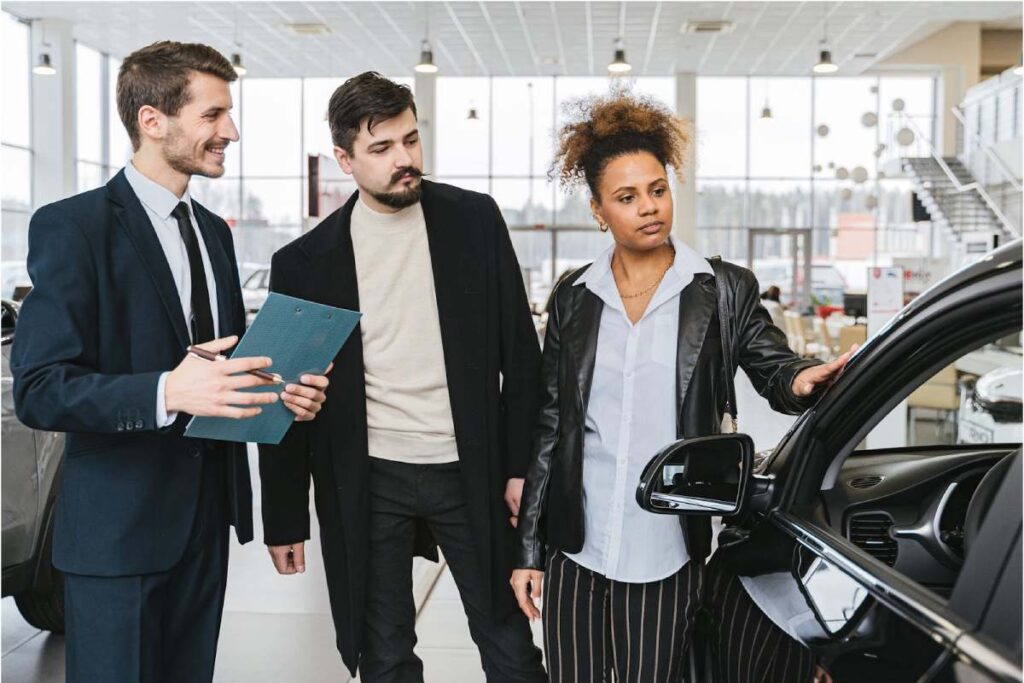After long contemplation, you’ve decided to buy a used or a new car. Purchasing a used car strength be a terrific method to hit the road while avoiding the high cost of a new car. But if you’re not careful, you could wind up paying more for repairs than you would pay for a new vehicle. So how do you know if a used car is everything it claims to be in the web advertisement?
Do you know what to look for when purchasing a used automobile? The guide below covers what to check when buying a used automobile from a private seller or a dealership so that you can buy with confidence. You can use a specialized dealership to buy certified used car in Saudi Arabia or any other country, and they will guide you through all the steps and bureaucratic procedures.
The History of the Vehicle
Gather as many details as possible from the present owner before doing your investigation. Certain services can allow you to make a lookup into the vehicle identifying number, so you may find out if the vehicle was involved in an accident if any liens have been filed against it, and if the model has been recalled. One of the best ways to do your research is to gather as much information as possible from the present owner before doing your own investigation.
Every year, the standard car travels roughly 20,000 kilometres. Divide the figure on the odometer by the vehicle’s age to see if the car you’re looking at has tall or low mileage. The mechanical components of a car with high mileage will be subjected to additional wear and tear. Therefore, high mileage is the most important factor when buying a secondhand automobile.
Visual Check-up
Take a good look at the vehicle. Look specifically for rusted areas or paint chipping. Rust fixes that are little and localized aren’t always a deal-breaker since they can quickly repair. However, if the metal is completely rusted through in certain spots, you may want to rethink your purchase.
While wandering approximately the car, stay an eye out for any issues with the frame. Check if the car park on a flat surface? Are there any items on the undercarriage that you can see? Look closely at the bumpers within the trunk and under the hood for new bolts or distortions, which could suggest a recent collision.
The vehicle’s engine is certainly the most significant component. Lift the hood and visually scan the engine for rust, fluid leaks, and cracked belts and hoses with the car turned off. Check for discolouration on the transmission and oil dipsticks; oil suppose to be brown, and transmission fluid needs to be in shades pink or red.
The tread on all four tires should be the same and worn evenly. Poor alignment, a possible indication of steering, suspension, or other frame problems, generally indicate by uneven tread or additional wear on a couple of the tires. An automobile with inadequate alignment will pull to the left or right when driving.
Inside a vehicle, you can easily wash the seats and interior fabric. Still, on the front and rear seats, look for tears, stains, and cracked leather – upholstery can be pricey to replace. Ensure that the stereo and other electronic features in the car are up and running by pressing a few buttons. Turn on together the air conditioner and the heat.

Mechanical Inspection
If you think you’ve discovered the secondhand automobile of your dreams, have it inspected by a reputable technician. A mechanic can identify whether the automobile has any underlying problems or locations that could develop into problems in the future. Although it is not a free service, it is not too pricey either, and it may save you from purchasing a bad vehicle.
The test drive is, without a doubt, the most important aspect of buying a used car. First, develop your route and put the automobile through its paces to see how well it handles, accelerates, brakes, etc. Then, if feasible, drive it on the highway and parallel park it to get a sense of any dangerous blind spots the vehicle may have.
If you’re satisfied with how the car feels and performs, it’s time to move on to the next step: negotiating a fair price. This can be tricky, especially if you have not experience haggling. It’s important to remember that the dealer likely has more leeway to lower the price than a private seller, so don’t be afraid to start high and work your way down. If you’re not comfortable negotiating on your own, you can bring along a friend or family member who can help.
Once you’ve agreed on a price, it’s time to take the car for a final drive and complete the purchase. Well done, you’re now the proud owner of a used car!



